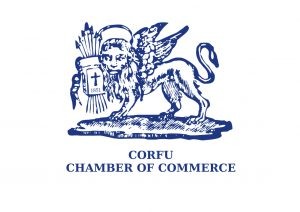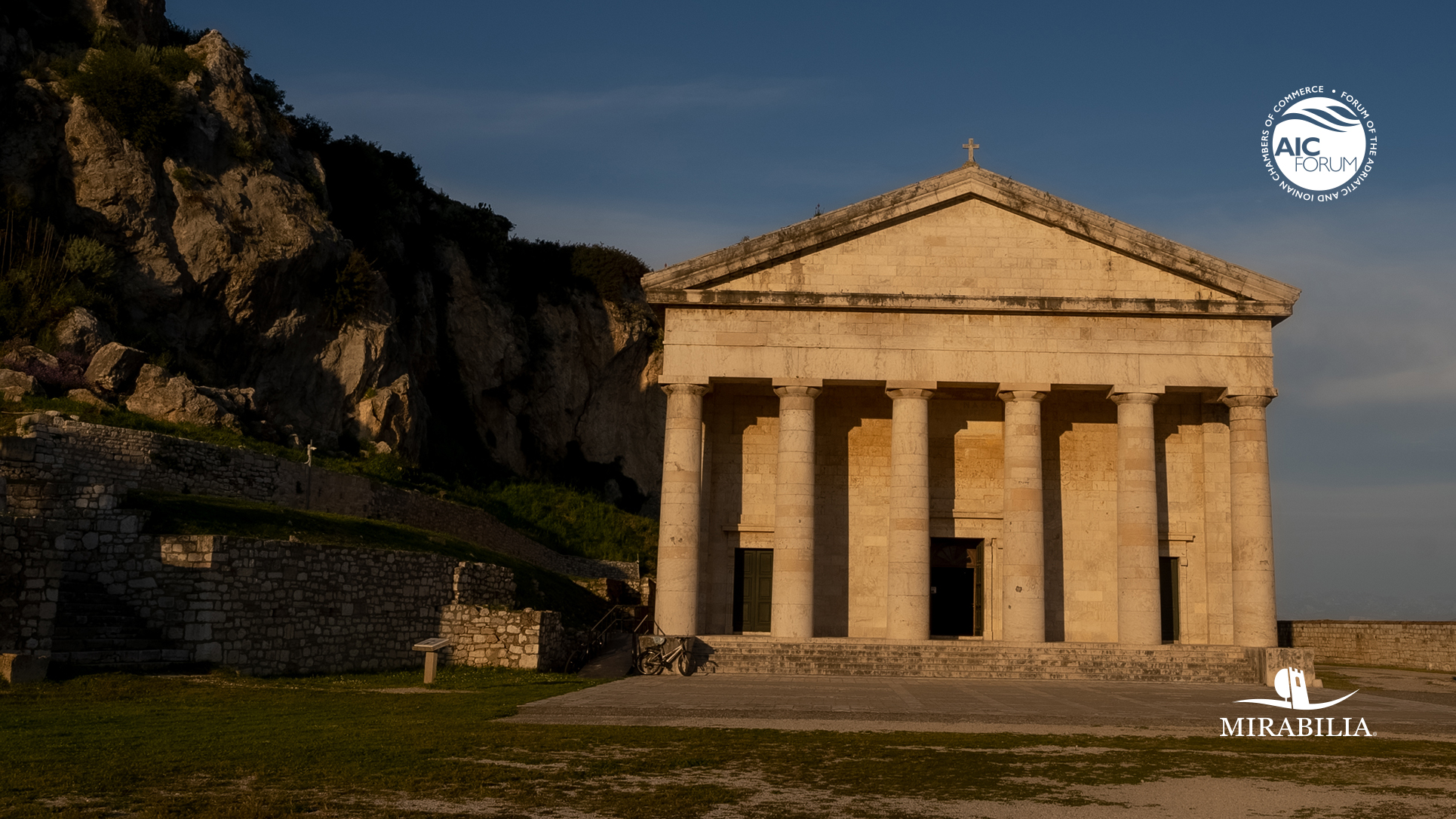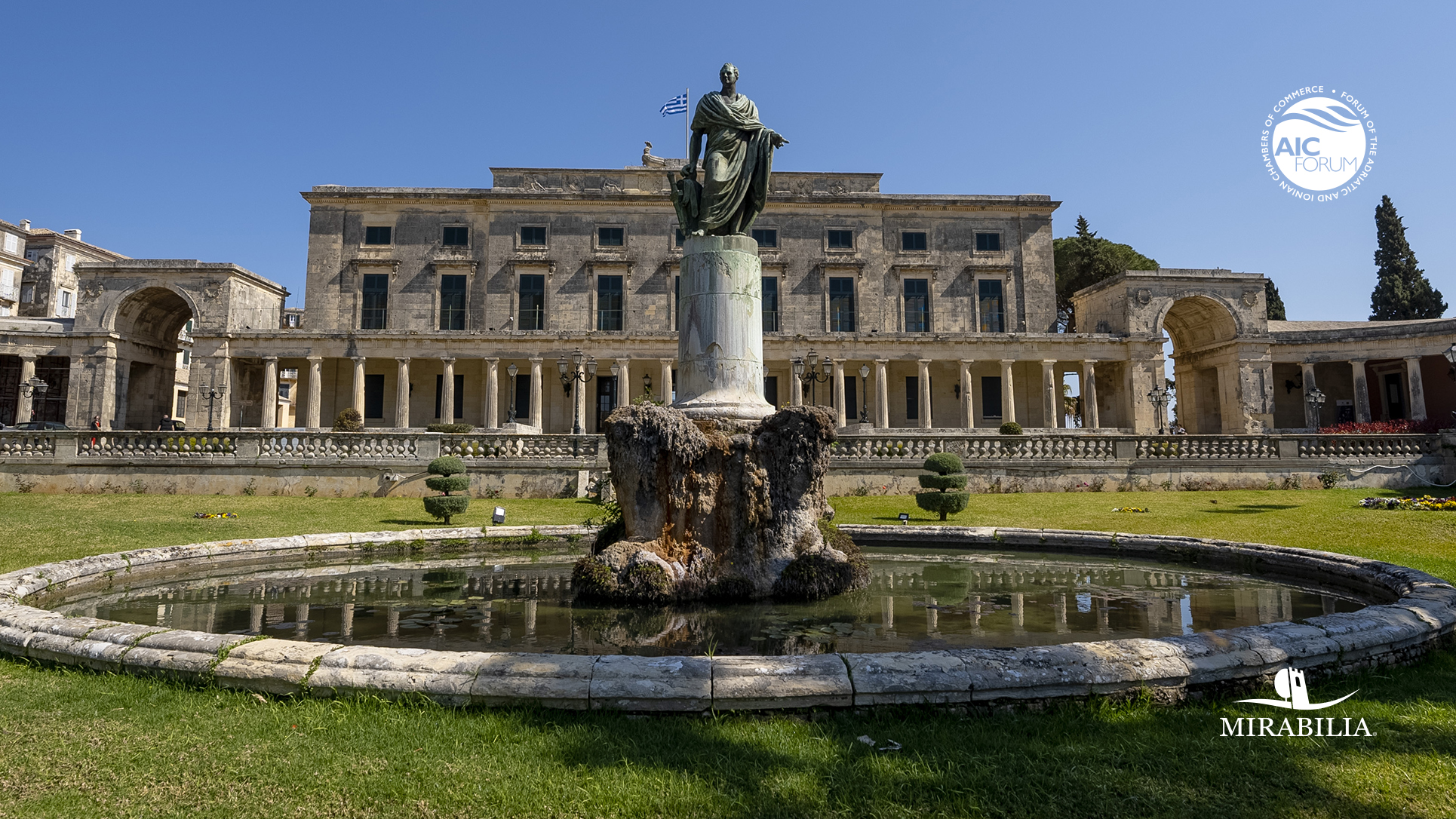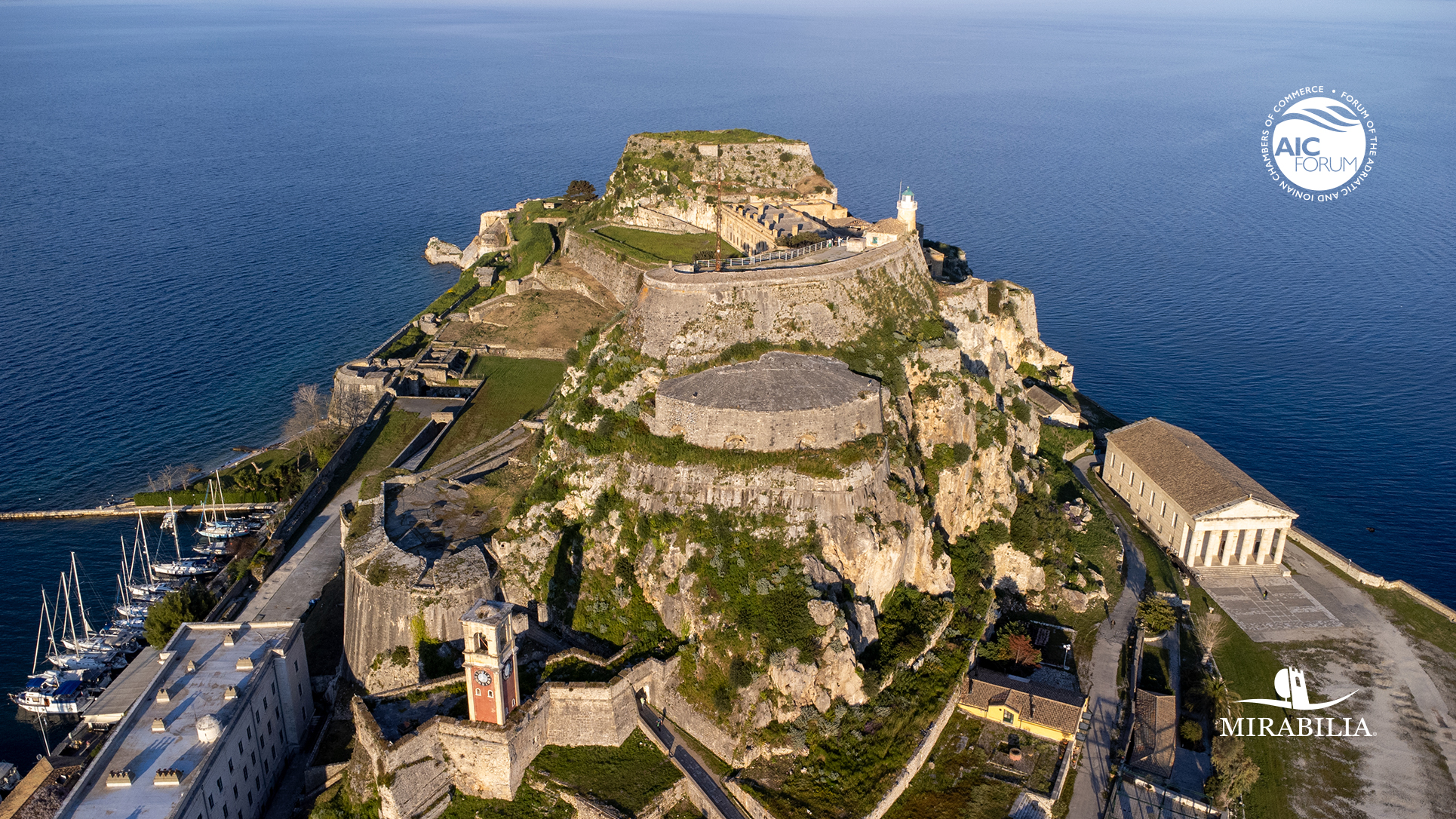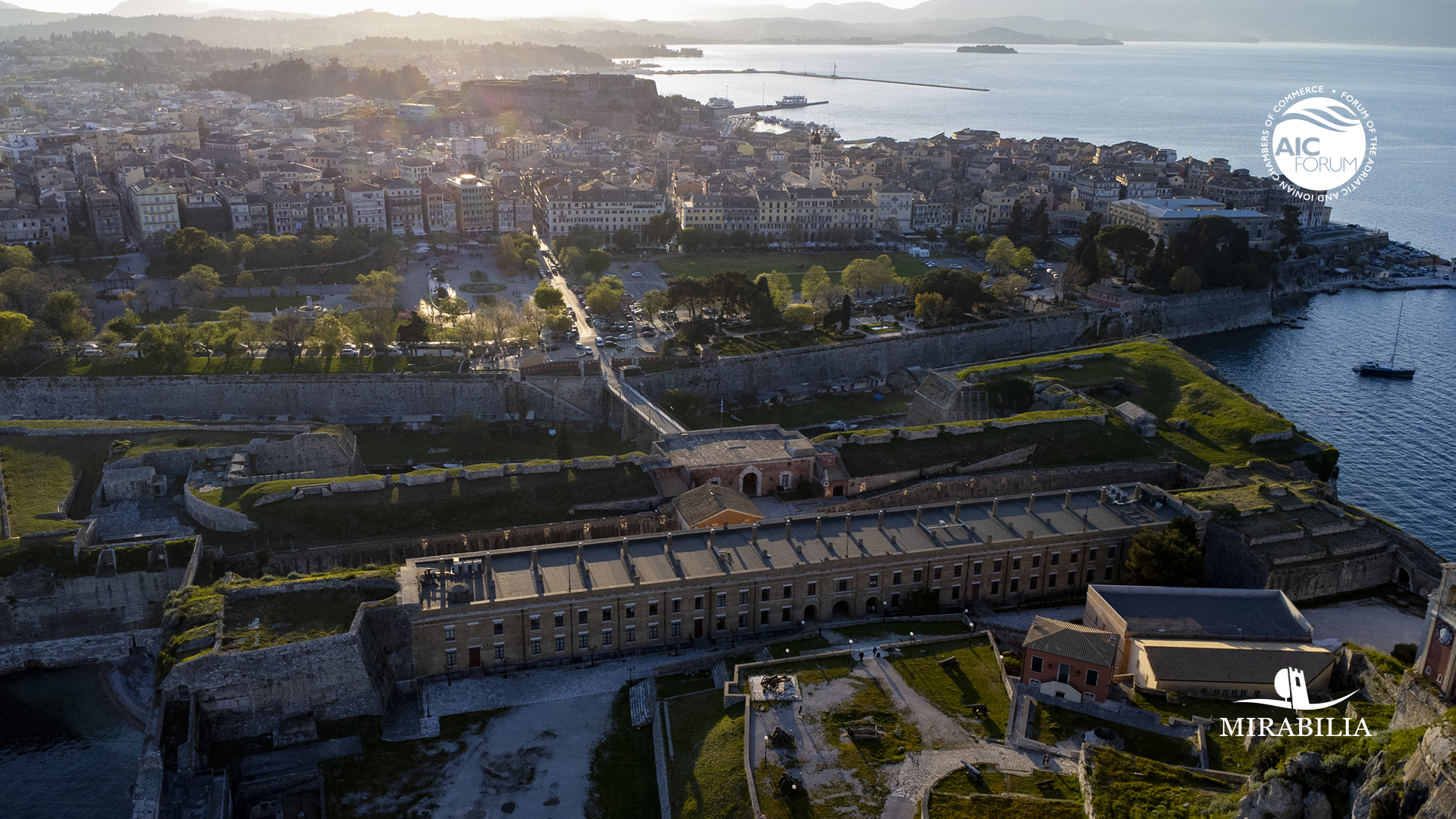The Old Town of Corfu, on the Island of Corfu off the western coasts of Albania and Greece, is located in a strategic position at the entrance of the Adriatic Sea, and has its roots in the 8th century BC. It has thus been subject to various influences and a mix of different peoples. From the 15th century, Corfu was under Venetian rule for some four centuries, then passing to French, British and Greek governments. The three forts of the town, designed by renowned
Venetian engineers, were used for four centuries to defend the maritime trading interests of the Republic of Venice against the Ottoman Empire. In the course of time, the forts were repaired and partly rebuilt several times, more recently under British rule in the 19th century. The present form of the ensemble results from the works in the 19th and 20th centuries. The authenticity and integrity of the urban fabric are primarily those of a neo-classical town. Corfu has its specific
identity, which is reflected in the design of its system of fortification and in its neo-classical building stock. As such, it can be placed alongside other major Mediterranean fortified port cities.
HOW TO GET THERE
Corfu Airport “Ioannis Kapodistrias”, Port of Corfu (links to Italy, Albania)
MUST SEE
Corfu Town - Corfu Town is the capital and main port of the island of Corfu and is one of the most beautiful,
most impressive and most interesting cities of Greece. It is the largest town of the Ionian Islands
and was built between two fortresses during the Venetian rule. The architecture of Corfu town is
strongly influenced by the Sicilians, the Venetians, the French and the British that occupied the
island. The town gathers a population of about 35,000 inhabitants this well-organised town is full
of elegant buildings, beautiful mansions, superb palaces and magnificent monuments
succeeding one another and surrounded by narrow stone-paved streets with stone steps, large
beautiful French-designed squares with trees and flowers, impressive and well-preserved
Venetian castles, British interventions and lovely Byzantine and post-Byzantine churches. The
unique beauty, charm, character and atmosphere of Corfu town reminds, of glamorous towns
such as Venice, taking the visitor back to another time and place.
Visit the church of Saint Spyridon, St. George’s Church, Palace of Saints Michael and George.
The recipes of Corfiot cuisine are many, Pastitsada to be the top and Bourdeto, Bianco, and
Sofrito among the most famous of Corfu food.
Old Fortress - New fortress - Old Fortress, this was built by the Venetians upon the remains of a Byzantine castle and was
completed in two stages, first period 1400-1500 and the second period 1546-1588 and ended
with the additions and alterations made by the British. Today two impressive bastions remain,
which bear the names of the Italian engineers Martinengo and Savorgnan, as well as later
British buildings and accretions, such as the church of St. George, built in 1840 as a basilica
with Doric columns. Most of the churches and other buildings have however been destroyed.
New fortress Built by the Venetians between 1572 and 1645, architect was the Italian F. Vitelli.
He built on the hill of St. Mark, the inner buildings of the fortress were constructed after by the
British. It consists of two massive twin bastions and is considered to be a marvel of fortress
architecture.
The Esplanade and Liston (Corfu Town) – Spianada square Between the city and the old castle there is so called “Spianada Square” which is not really a square but is the biggest most lively and impressive square in Greece. Its name originates from Italian word “Spianare” that means “to flatten”. The area used to be a fortification because it was necessary to have vacant area between the city and the castle. No construction was allowed to be made on this vast territory as any time military
activities could take place there. It was finally shaped in 1628 and contributed in the constitution
of concrete urban identity influencing the social life of Corfu.
Also dating to that time is the Maitland Monument, a Neoclassical peristyle, with 20 Ionic columns around a rotunda, commemorating the Lord High Commissioner Thomas Maitland. The Liston, on the Esplanade’s western boundary is an elegant arcade, also from the French period and designed in the style of the Rue de Rivoli in Paris.
CAN'T MISS
Mon Repos Palace, Ionian Academy, Ionian Parliament, Paleopolis, Platytera Monastery,
Kapodistrias Mansion, the Achilleion Palace, kanoni and Vlacherna Monastery, Pontikonisi
(Mouse Island), Mount Pantokrator, Paleokastritsa Monastery, Angelokastro Castle, Old
Perithia, Vidos Island, Gardiki Castle, Kassiopi Tower, Saint Jason and Sosipater.
ASSOCIATED CHAMBER OF COMMERCE
CORFU CHAMBER OF COMMERCE
Aristotelous 2, p.c. - 49100 Corfu, Greece
Tel.: 26610 39813 – 26610 80575
E-mail: info@corfucci.gr
Web: www.corfucci.gr
